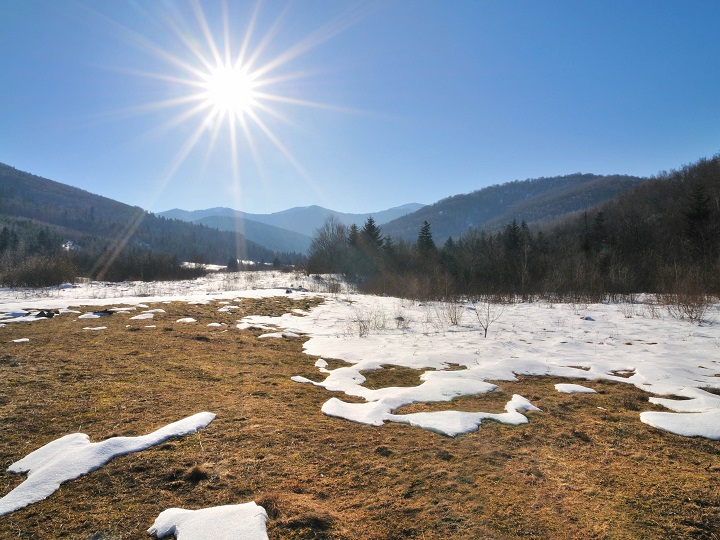The Regional District of Kootenay Boundary is asking residents to make preparations for this year’s spring freshet.

Citing statistics from the B.C. River Forecast Centre, the regional district says the latest snow survey and water supply bulletin shows higher-than-normal snowpack levels which could result in flooding.
It says the Boundary snowpack is at 134 per cent of normal, which is a six per cent increase since the last bulletin, which was issued on Feb. 1.
The West Kootenay snowpack is listed at 121 per cent of normal, a decrease of five per since the last report.
“Regional snowpacks are only just starting to melt at lower elevations and snow could continue to accumulate at higher elevations even after spring officially arrives March 19,” the regional district said in a press release.
“The snow basin index is only one indication of flood risk. Shorter-term temperature variations and precipitation events can dramatically affect how the snow melts and runs off each spring.”
The regional district says it has activated its emergency operations centre to Level 1, and it is monitoring snowpack levels and planning and preparing for a possible flood event.
- Enter at your own risk: New home security camera aims paintballs at intruders
- Boston Dynamics unveils ‘creepy’ new fully electric humanoid robot
- Ontario First Nation calls for chemical plant to be shut down amid ‘dangerously high’ benzene levels
- Nova Scotia scraps spring bear hunt idea, public ‘very divided’ on issue

“Though the snowpack is high right now in the Boundary, there are two and a half months before our usual freshet is at its peak,” said Mark Stephens, interim manager of emergency programs at the regional district.
“If we see typical spring weather with warmer days and cooler nights continue, that snowpack has plenty of time to melt at a normal, steady rate. However, long-range forecasting is unpredictable, so the only sound approach is to prepare.”
The regional district says it has completed a comprehensive flood response plan, and that staff are meeting and working with area agencies.
“We will keep working with our partners at Emergency Management B.C. and the B.C. River Forecast Centre to make sure we have the most up to date information to inform our decisions,” said Stephens.

The regional district says there are simple steps residents can do to prepare for this year’s freshet:
- Ensure that drains, culverts and other means of moving water away from residences remain clear as snow continues to melt.
- Sign up to receive emergency evacuation alerts on a landline, mobile device or by email at emergency.rdkb.com or contact the regional district at 1-800-355-7352 to get help signing up.
- Prepare a household emergency plan, put together a grab-and-go bag and connect with neighbours.
- For those with river and lakefront property that have experienced flooding in the past, this is a good time to start planning flood protection for your household.
The Regional Kootenay Boundary District says it serves more than 31,000 residents and stretches from Champions Lakes in the east to Big White in the west.


Comments